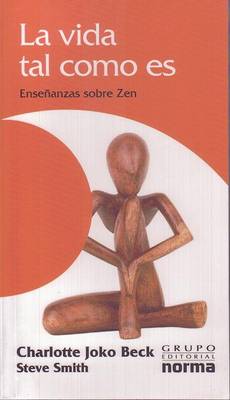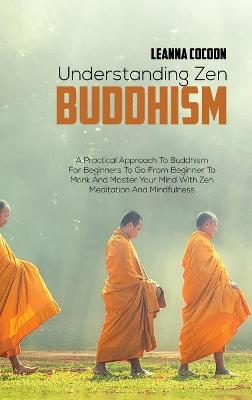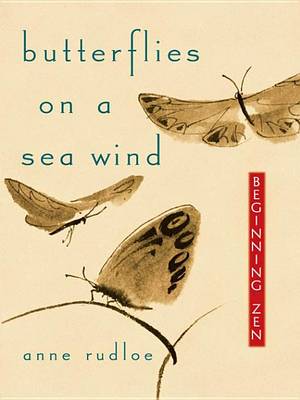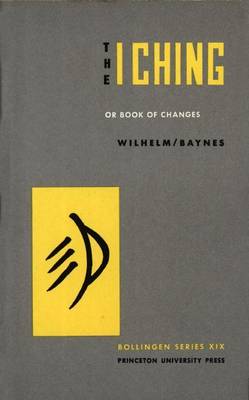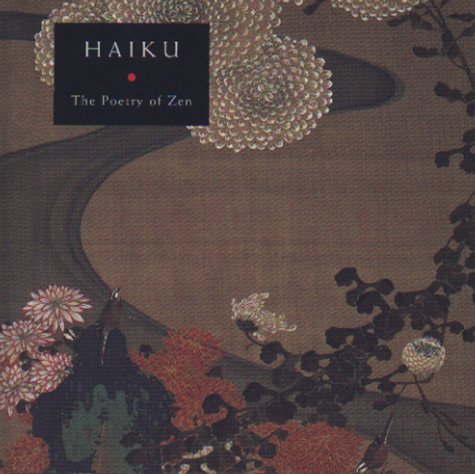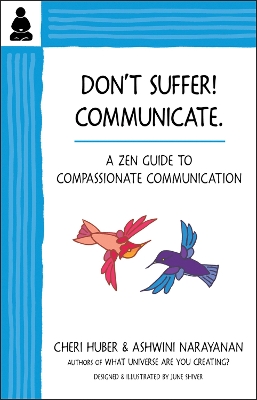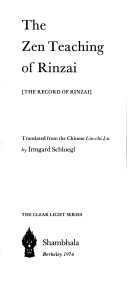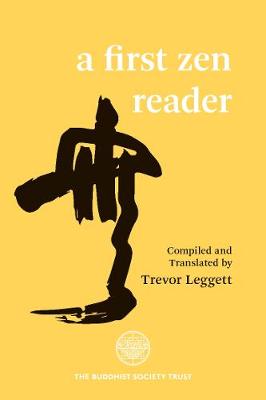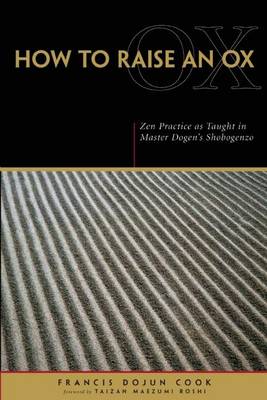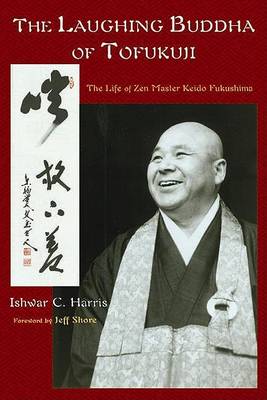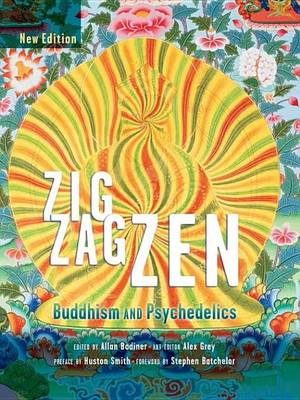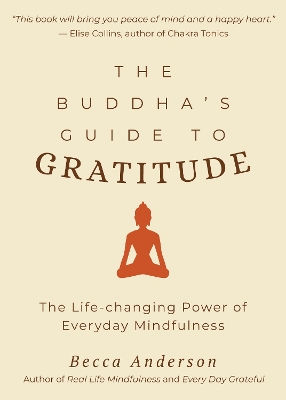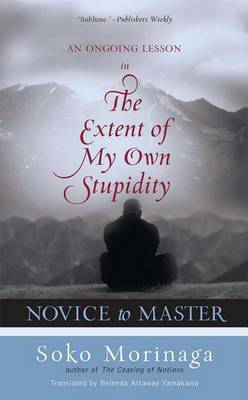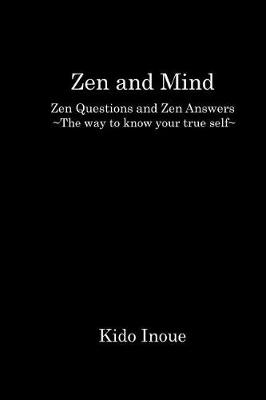As a well-known scholar and meditation master—His Holiness the 14th Dalai Lama called him “extremely modest, a true spiritual practitioner of deep and broad learning”—Sheng Yen is uniquely qualified to guide Western seekers into the world of contemporary Chinese Buddhism. Written while the author was secluded in solitary retreat in southern Taiwan, Orthodox Chinese Buddhism provides a wealth of theory and simple, clear guidelines for practicing this increasingly popular form of spirituality. One...
This accessible book offers selected excerpts of Zen teaching, to be approached at random for inspiration. Acceptable to all faiths, the concepts contained within address the three fundamental questions of Buddhism and are centred on the three Dharma seals.
La Vida Tal Como Es (Crecimiento Personal)
by Charlotte Joko Beck and Steve Smith
Dogen (1200-1253) was the founder of Soto Zen Buddhism in Japan, and as such one of the most notable figures in Japanese religious history. In this book, Steven Heine attempts to clarify how and when Dogen's various works were composed and compiled in relation to the unfolding of Dogen's career. In addition to presenting Heine's own innovative interpretation of Dogen's life and work, this book performs a valuable service by bringing cutting edge Japanese scholarship on Dogen to the attention of...
Anne Rudloe was attracted to Zen as a college student. But it seemed premature for a 21-year-old to focus on the difficulties of life when she'd hardly begun to live. Twenty-five years later, she was ready to explore the spiritual discipline that originated in Asian monasteries more than a millennium ago.Rudloe's quest is compellingly chronicled in Butterflies on a Sea Wind, which combines the rigor of formal monastic Zen practice with the challenges of integrating Zen concepts into modern daily...
The I Ching, or Book of Changes, a common source for both Confucianist and Taoist philosophy, is one of the first efforts of the human mind to place itself within the universe. It has exerted a living influence in China for 3,000 years, and interest in it has been rapidly spreading in the West.
Haiku (Box of Zen)
by Munuela Dun Mascetti and Manuela Dunn-Mascetti
First Zen Reader (Routledge Library Editions: Zen Buddhism, #3)
by Trevor Leggett
When Zen Buddhism crossed from China to Japan in the twelfth century, it entered a phase of development that was not only to inspire a magnificent range of artistic achievement but also to exert a tremendous influence upon Japanese life itself and, eventually, to bring to the attention of the West a religious philosophy both unique and challenging in its power. First published in 1960, the purpose of this anthology is to suggest an approach to answering the perennial question 'What is Zen?'.
The Laughing Buddha of Tofukuji (Spiritual Masters. East and West)
by Ishwar C Harris
Zen and psychedelic exploration share a common concern: the liberation of the mind. Through numerous essays and interviews by such luminaries as Terrence McKenna, Charles Tart, Jack Kornfield, as well as visionary art by Odilon Redon, Mark Rothko, Alex Grey, and more, Zig Zag Zen is a provocative and thoughtful exploration of inner states and transformation.
Gratitude The Key to a Happy Mind"Do this simple thing every day; wake up, be grateful, be kind and help others. If you do this, your life will be filled with joy." -His Holiness, The 14th Dalai Lama Follow the advice of Buddhist leader Thich Nhat Hanh, "With all I have experienced in my own life, the power of gratitude stands above everything else. In your mindfulness practice, use gratitude until it becomes your way of life." In this book discover how gratitude is your key to a happy mind. B...


